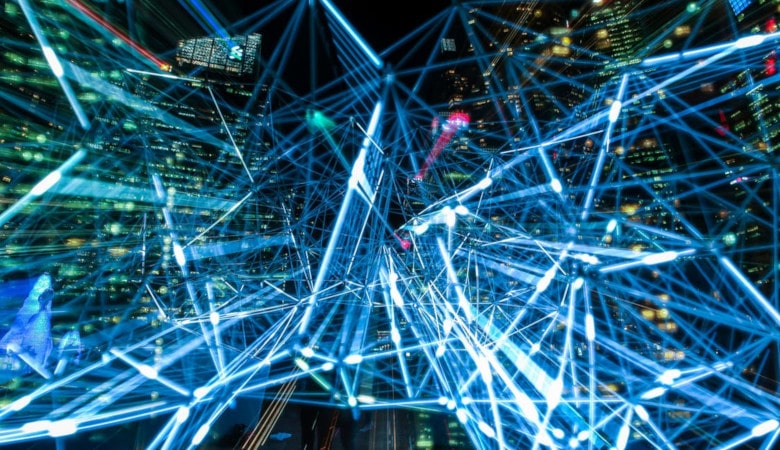Top five security trends disrupting the industry in 2019
2018 was a huge year for technology, particularly within artificial intelligence (AI) and machine learning. In 2019, we can expect to see more implementations of smart video analytics and biometric solutions.
Along with virtual assistants, autonomous vehicles, robots and ever greater automation across the board. The challenge for security professionals will be how to best harness the power of these tools, whilst mitigating the inevitable threat a rapid increase in connected and autonomous technologies will pose.
Wider adoption of Biometrics
Adoption of biometric systems across access control, workforce management, banking and payments, immigration, law enforcement, and government services look set to keep rising. Within both the physical and logical security sectors, demand has been growing for biometric sensors, largely due to concerns over security and the continued rise of automation. With a current growth rate of 10.4% CAGR, the biometric market is predicted to reach US $29.37 billion by 2022, with the APAC region tipped for the greatest growth.
However, as biometric security is not foolproof, and there have already been successful instances of spoofing fingerprint and facial recognition. Multi-factor authentication will be essential to guarantee security, but the likelihood of the public being enticed by the convenience of single-factor biometric authentication could leave the door wide open to cybercriminals.
Keeping the streets safe with Intelligent Surveillance and Robots
As Deep Learning continues to push the boundaries of AI, we will see the increased merging of intelligent video surveillance with robots and autonomous vehicles. Employed to patrol our streets, shopping precincts, hospitals, sports grounds, government buildings, and industrial perimeters to name a few. They will be able to process information on the spot, such as object and facial recognition, and behavioural analysis, to detect and deter potential risks. Gartner forecasts Global AI will reach US $1.9 Trillion in 2019.
China, with the largest video surveillance network in the world of 170 million cameras, already uses facial recognition to great effect and is planning to achieve 90% accuracy of facial recognition within seconds. Knightscope in the US have built a robot that is currently patrolling shopping malls, and in Dubai, flying cars and robocops are on the cards.
Cloud vs Edge Computing
Almost 9 out of 10 organisations are expected to be using cloud services by 2021, with the cloud marketplace slated to reach US $260.2 billion by 2020 according to Gartner. However, the intelligent edge may start eating away at the cloud, with an increasing number of IoT devices demanding real-time, failsafe and secure operating environments. By processing data at the ‘edge’ of the network, close to where it is collected, such as by a video camera or access control device, bandwidth and storage requirements drop considerably. Given that many smart security devices are already edge devices, edge computing is already firmly embedded in the security sector and will continue to grow. However, its popularity, in general, is a two-edged sword. Whilst offering the potential to increase security when data is encrypted and packaged correctly, the use of IoT devices and the current BYOD culture in workplaces, will put networks at risk if adequate cybersecurity controls are not in place.
Physical security to protect us from Cyberattacks
Cybersecurity and data privacy dominated the news in 2018, with data breaches compromising the personal information of millions of people around the world. Some of the biggest victims included Marriott Hotels, Cathay Pacific, Quora, Facebook, Google, and Orbitz. 2019 is barely underway and already in Australia, the Early Warning Network, the Victorian Government and First National have all been attacked. With more and more smart network devices connecting people, cities, buildings, industry and critical infrastructure, we will have to be on our guard. On the cards to watch out for this year will be vaporworms (fileless malware), malicious chatbots, WPA3 Wi-Fi Network vulnerabilities, biometric hacks and attacks to critical infrastructure.
Are we still talking about the Internet of Things?
Having continued to evolve throughout 2018, the Internet of Things (IoT) will keep transforming our personal and professional lives. From small gadgets to make our lives easier, through to large-scale industrial, smart city and critical infrastructure solutions. A shift towards managed IoT services is already happening and will continue, as the number and variety of devices becomes too large for organisations to handle internally.
As we reap the benefits of ever-evolving smart technologies, vigilance will be essential to ensure these devices do not become the targets of malicious attacks. Robust cybersecurity, as ever, will be vital.
-
Stay up to date with the latest news and Security updates.
- Subscribe

